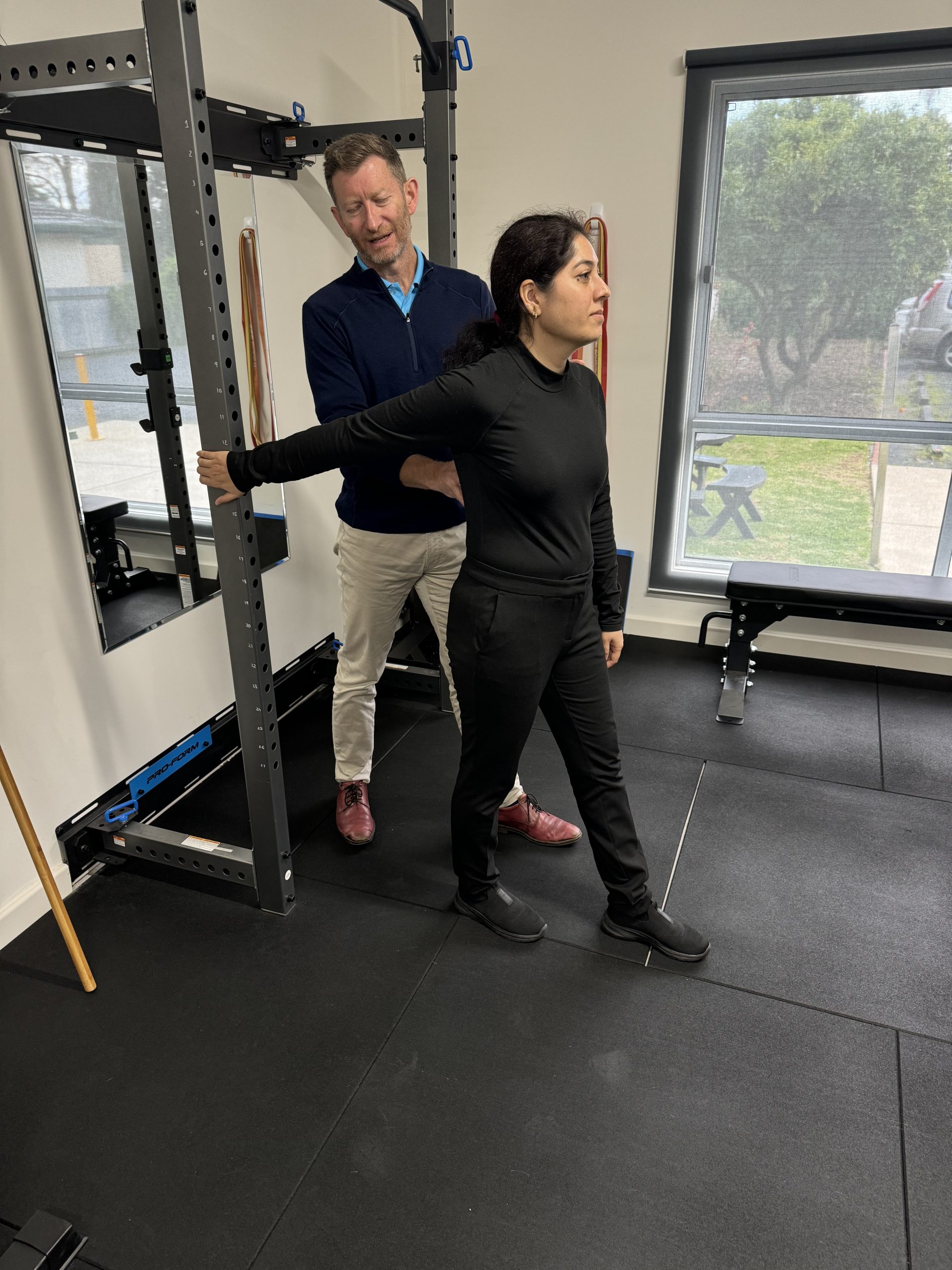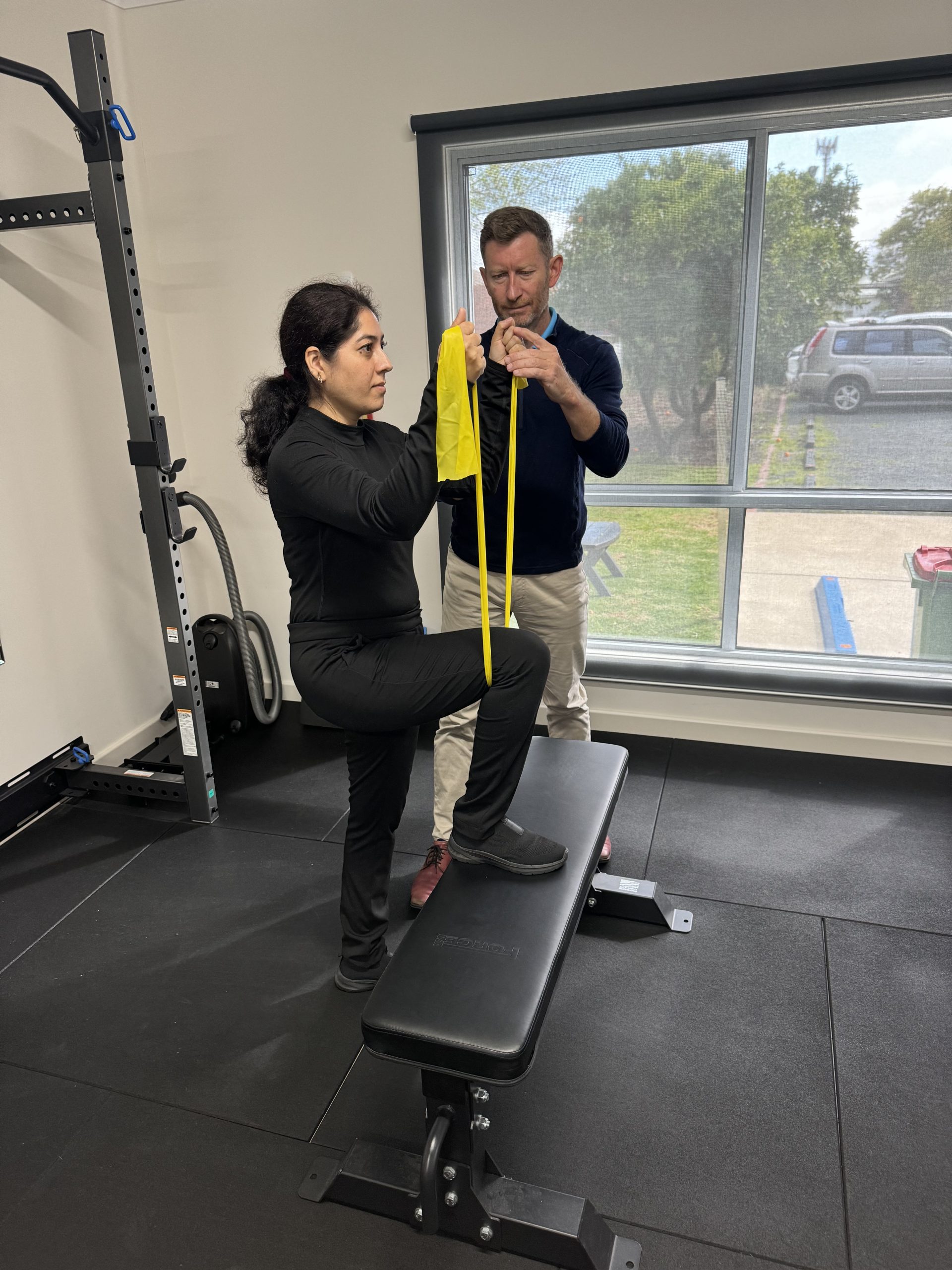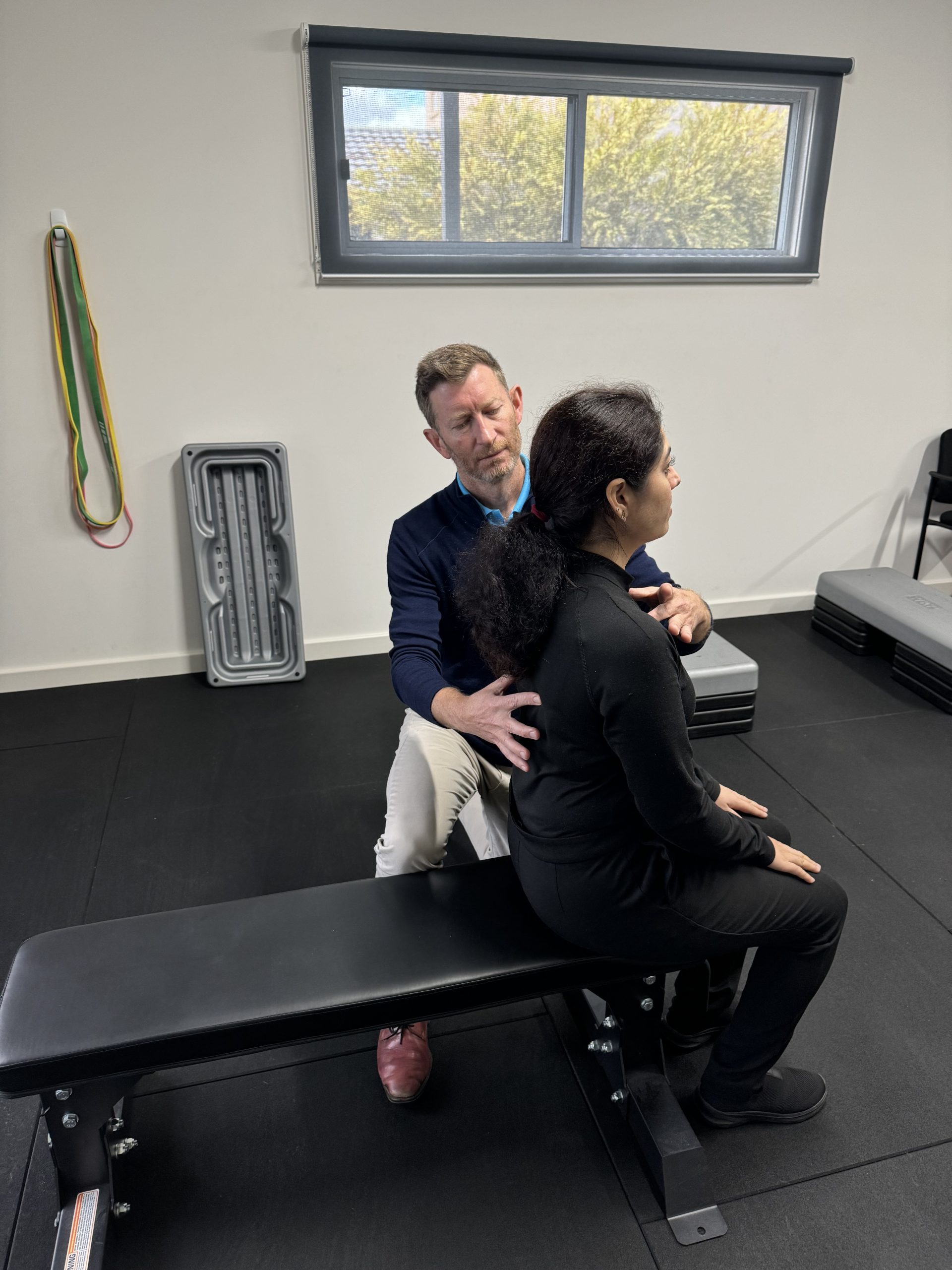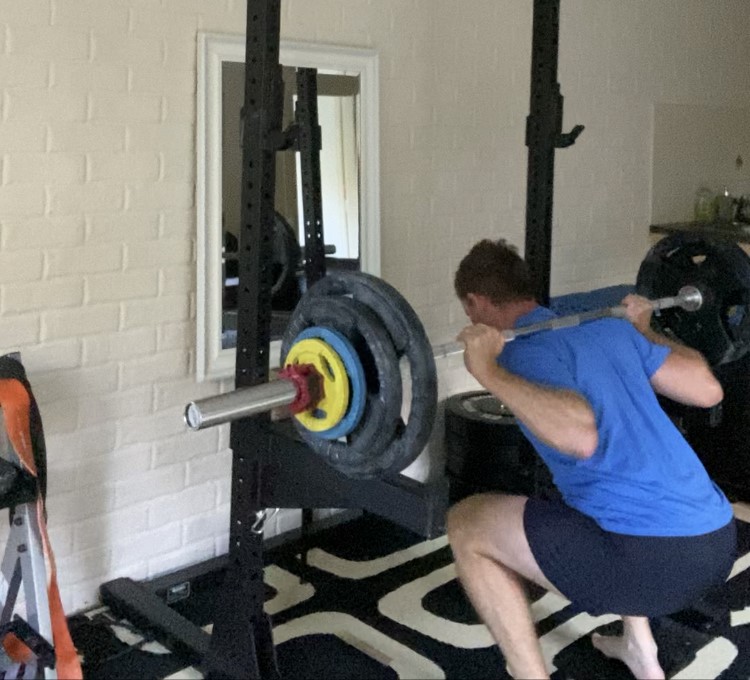If you do a quick search on YouTube you will find dozens of videos proposing to fix your shoulder pain with a single exercise. The creators of these videos vary from the “garage gym guy” to the over-enthusiastic personal trainer and of course qualified physiotherapists. With such an overwhelming number of opinions, who should you listen to? Is there really one exercise that can fix your shoulder pain?
Here at Personal Best Physiotherapy we see LOTS of patients with shoulder pain every week. In fact, it is the second most common reason people come to our practice for help. Our mission is to help these people get back to their normal activities including sleeping, dressing, gardening, work and sport. Selecting the right exercise for these patients is extremely important and, in our experience, fundamental to them getting better. So which exercises do we choose and why?
Choosing the best exercise for shoulder pain involves understanding both the TYPE of problem you have as well as your stage of injury or recovery. This requires a qualified professional to take a thorough history from you about your problem and complete a targeted physical examination. They then need to interpret these results (the thinking part of the process) and test 1 or 2 exercises, looking for the right symptom response that fits with the type of problem you have. This process, therefore, cannot be done by watching YouTube or searching Google – it requires someone interacting with you 1-1 in real time. In our experience, it also cannot be done in a short appointment, such as a 15-20 minute appointment.
To help you understand different exercises for shoulder pain I am going to talk about three types of exercises we prescribe, for different types of shoulder problems:
1. Exercises for a painful shoulder joint
A situation we see every week is the patient who has painful loss of movement of their shoulder in multiple directions. A common example would be someone who has pain to lift their arm overhead, but also to reach behind their back and perhaps out to their side. When we do tests of their shoulder joint, we find there is pain and resistance to normal movement. When we do other tests to make the shoulder muscles relax, their pain is still there – just the same. This means they have pain in their shoulder joint, rather than the muscles or tendons.
These patients need a specific exercise that carefully gets their shoulder joint moving in a safe and controlled manner. We are not trying to strengthen anything here, just get their joint moving more normally. Think about a door hinge that isn’t moving and needs lubrication. Or a kitchen drawer when something is caught in the back and interferes with the drawer moving. We need to identify the issue that is interfering with the shoulder moving normally and address it.

2. Exercises for pain and weakness in muscles and tendons
A second situation is where there is pain and weakness in one or more of the muscles that moves the shoulder, typically the rotator cuff. Perhaps the rotator cuff is sore and tired, perhaps there is a tear. Either way, the problem is in the muscle and tendon, NOT the joint. When we test these patients in the clinic, we often find that their joint movement is entirely normal – no pain and full movement. These patients need careful training and strengthening of their muscles. The key to helping these patients is working out where to start training these muscles – which position, which direction, how much load, how many reps and so on. This definitely requires skill and experience, because it is easy to get it wrong. Which makes you feel WORSE.

3. Exercises for posture
A third situation we see is where a patient’s shoulder pain is coming from their posture. When we test these patients in the clinic, there is nothing wrong with their shoulder joint, and they don’t have any pain or weakness to test their muscle strength or function either. They are simply spending too long in some positions which are putting strain on their body.
These patients need to learn new positions and postures that are more favourable to their shoulder than their current ones. This starts with awareness and education. What these patients DON’T need is strengthening. Or exercises to get their joint moving. They need guidance from a good physio about how posture causes pain and what postures in their routine are a problem for them.

Summary
I started this article with a question – Is there one exercise that can fix your shoulder pain? The answer is NO. What our experience over 20 years shows is that exercises work best when they are matched to both the TYPE of problem you have as well as the STAGE of injury or recovery you are in. When we do this well, in the clinic, patients often come back a week after their first appointment and feel significantly better. Even when we do a great job identifying the TYPE of exercise you need at your first visit, typically you will need progression of that exercise after a week. Often this means adding a little bit extra – a little extra force in your shoulder stretches or a little extra load in your strengthening exercises. Sometimes we need to progress from your first exercise to a completely different exercise. We are always thinking about how to restore full movement, strength and good posture, to help you get back to normal.



